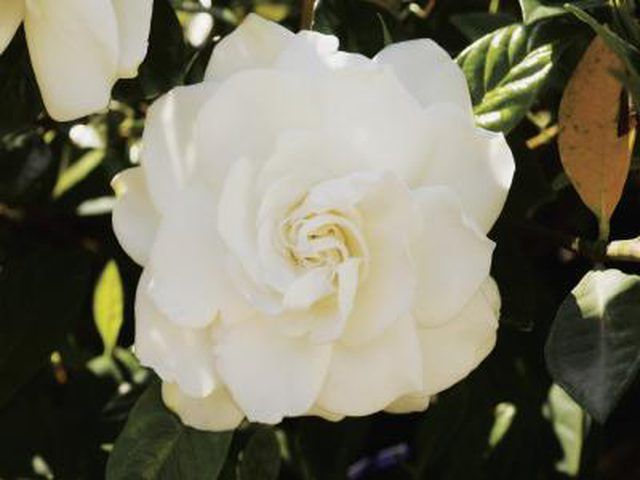Bulbs
Flower Basics
Flower Beds & Specialty Gardens
Flower Garden
Garden Furniture
Garden Gnomes
Garden Seeds
Garden Sheds
Garden Statues
Garden Tools & Supplies
Gardening Basics
Green & Organic
Groundcovers & Vines
Growing Annuals
Growing Basil
Growing Beans
Growing Berries
Growing Blueberries
Growing Cactus
Growing Corn
Growing Cotton
Growing Edibles
Growing Flowers
Growing Garlic
Growing Grapes
Growing Grass
Growing Herbs
Growing Jasmine
Growing Mint
Growing Mushrooms
Orchids
Growing Peanuts
Growing Perennials
Growing Plants
Growing Rosemary
Growing Roses
Growing Strawberries
Growing Sunflowers
Growing Thyme
Growing Tomatoes
Growing Tulips
Growing Vegetables
Herb Basics
Herb Garden
Indoor Growing
Landscaping Basics
Landscaping Patios
Landscaping Plants
Landscaping Shrubs
Landscaping Trees
Landscaping Walks & Pathways
Lawn Basics
Lawn Maintenance
Lawn Mowers
Lawn Ornaments
Lawn Planting
Lawn Tools
Outdoor Growing
Overall Landscape Planning
Pests, Weeds & Problems
Plant Basics
Rock Garden
Rose Garden
Shrubs
Soil
Specialty Gardens
Trees
Vegetable Garden
Yard Maintenance
Why Won't My Gardenia Bush Bloom?
Why Won't My Gardenia Bush Bloom?. The gardenia is beloved by Southern gardeners for its waxy white blossoms and exotic fragrance. However, this plant is very fussy. Your gardenia bush will not blossom properly unless certain conditions are met.

The gardenia is beloved by Southern gardeners for its waxy white blossoms and exotic fragrance. However, this plant is very fussy. Your gardenia bush will not blossom properly unless certain conditions are met.
Climate
The gardenia is a semitropical, evergreen shrub that grows in U.S. Department of Agriculture hardiness zones 8 through 10. This plant thrives in high humidity and prefers mild daytime temperatures between 68 to 74 degrees F. For buds to form properly, the gardenia requires cool evening temperatures between 40 to 60 degrees.
Cultivation
The gardenia prefers full sun to partial shade and requires at least 4 hours of sunlight daily in order to bloom. It thrives in moist, well-drained, acidic soil. Fertilize your gardenia from March through August with an acidic fertilizer. The Clemson University Cooperation Extension warns that fertilizing in the fall produces early growth that can be damaged by cold winter temperatures.
Bud Drop
Bud drop, a condition in which flower buds fall off before opening, is a common problem with gardenias. Bud drop is caused by a number of issues, including inadequate light, low humidity, insect damage and overwatering. Extreme temperature changes — either too high or too low – also cause buds to fall.